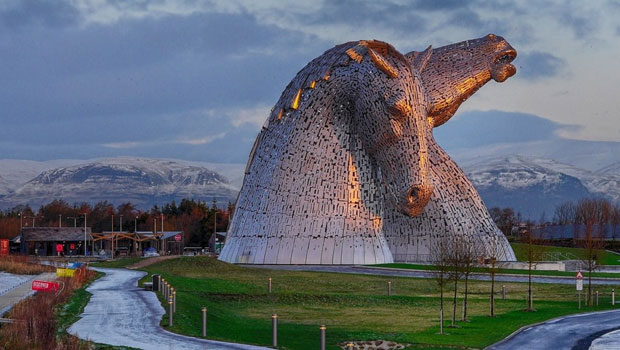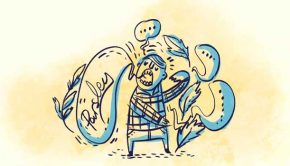Three Legendary (Mythological) Scottish Road Trips
Scotland has some of the most incredible scenery in the world. Every other corner introduces another vista packed with craggy mountains, brooding moors and beguiling loch. What you might not know about is the folklore and mythology behind the scenery. In this article, I’ve gathered up my three favourite Scottish road trips and the mythology that weaves its way through the route.
Escape from Kelpies on the Great Glen Way
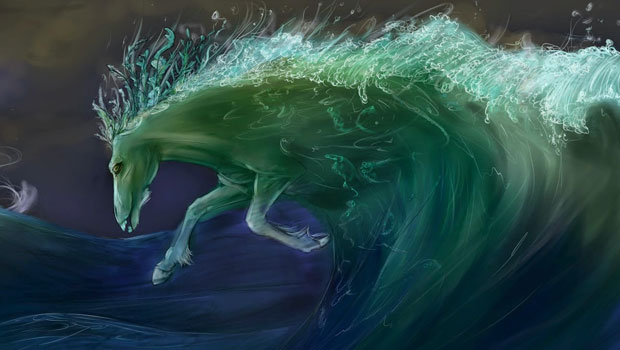
Formed by a gigantic collision of tectonic plates some 400 million years ago, the Great Glen fault offers some of Scotland’s most spectacular scenery and whilst it’s more often travelled as a footpath, you can basically drive it too. In fact, the A82 follows the exact route just a stone’s throw away. The Great Glen Way also has one of my favourite myths associated with it. Everyone thinks of the Loch Ness Monster as being a cuddly wee monster. But when you look into the folklore surrounding the monster, the myth gets a lot darker. Kelpies are malevolent water spirits who haunt bodies of water like lochs and rivers. While they can shape-shift, they normally take the form of horses. (You’ve maybe heard of or seen the giant Kelpies statues near Falkirk.) When they’re on land, they’ll appear as a friendly white or dark grey horse that entices you to stroke it. The moment you touch its skin though, you’re as good as dead, because your hand sticks to the creature! With your hand stuck firm, the kelpie drags you to a watery demise in the nearby water, eating you and leaving only your entrails scattered around the shore. Loch Ness has quite the history of monster sightings, besides the infamous 1933 sighting. In fact, reports of a kelpie-like creature on the loch aren’t just restricted to the 20th century. There are references to such as creature as far back as the 6th century when St. Columba was supposed to have fought a kelpie-like creature on Loch Ness. So, when you’re driving the Great Glen Way, watch out for white or dark grey horses!
Fall in love with a Selkie on the North Coast 500
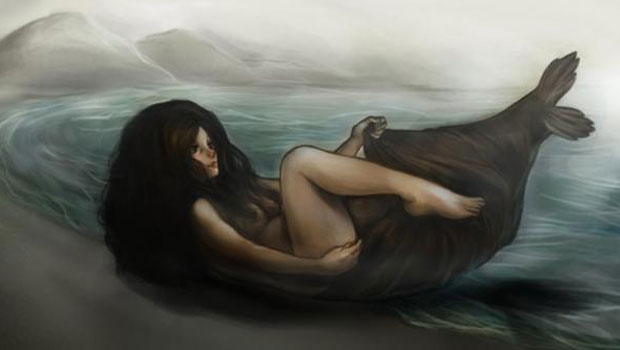
Advertised as Scotland’s Route 66, the North Coast 500 weaves its way through the northern extremes of the country, starting at Inverness and heading north until the land stops. All in, the NC500 travels through six different areas: the Black Isle, Caithness, Easter Ross, Inverness-shire, Sutherland and Wester Ross. Along the way, you’ll see everything from rugged wilderness, ancient castles, glittering beaches and towering mountains. With such a varied landscape and so few people, there’s a lot of wildlife to see. Eagles, deer, otters, beavers, badgers, grouse and osprey are all pretty common sights. However, be careful around seals as you might discover that you’re actually dealing with a selkie! A selkie is a shape-shifting creature that’s able to change from a seal into a beautiful human by shedding its skin. If you steal the skin of a selkie, it will be stay with you until you give the skin back to it. The moment it finds its skin, the selkie transforms back into a seal and swims away. The northern isles of Scotland, like the Orkneys and Shetland, are awash with selkie legends as are the nearby Faroe Islands, Iceland and Greenland too.
Trace the path of the Jacobites on Rathad Nan Eilean
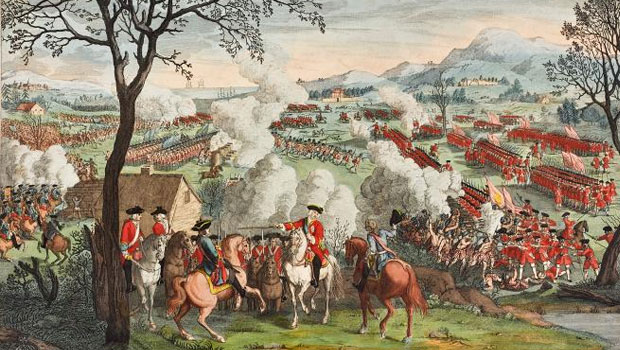
Cutting through ancient forests and under brooding mountains, the Rathad Nan Eilean has some truly impressive landscapes. It’s not surprising that they’ve contributed to their fair share of myths and legends over the years, particularly to do with Bonnie Prince Charlie and the Jacobites. And like all myths and legends, there is often a grain of truth in them. The late 17th and 18th century in Scotland was one of simmering unrest and open revolt. A series of rebellions called the Jacobite Risings occured in the Highlands from 1688 to 1746. The rebels aimed to return the Catholic monarch to the throne. The last Jacobite rising started on this very road in 1746 on the banks of the Loch Nana Uamh at Glenfinnan. In 1745, the Jacobite leader Prince Charles Edward Stuart (Bonnie Prince Charlie) assembled his troops and raised his standard for the first time. The rebellion would end later the same year when Bonnie Prince Charlie suffered a catastrophic defeat at the Battle of Culloden and subsequently fled to the Outer Hebrides.

